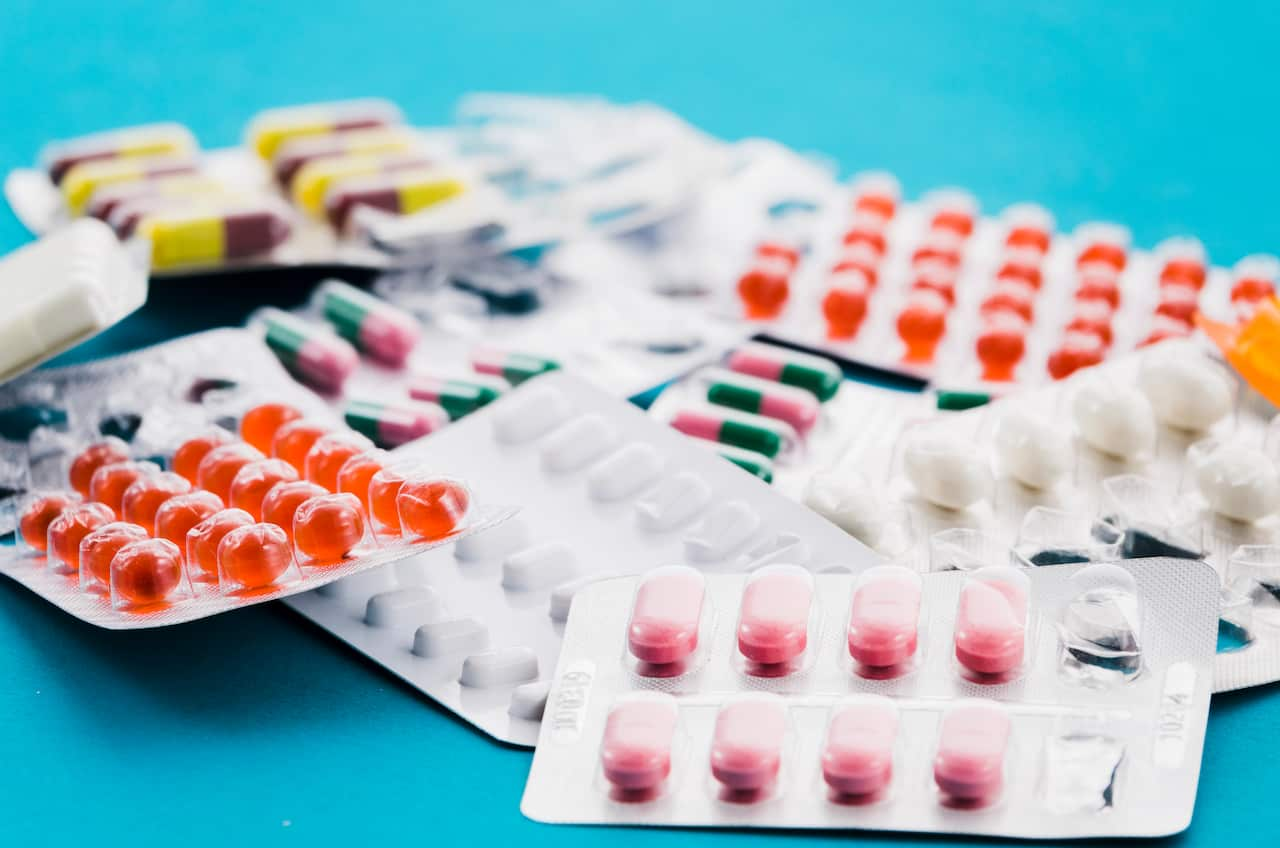Tougher restrictions on prescriptions and supplies were introduced in 2020 by the Therapeutic Goods Administration, or T-G-A, in an effort to address the potential dangers of opioids.
This means new limits on pack sizes and the number of doses covered under the Pharmaceutical Benefits Scheme, for which the government sends letters to thousands of doctors, informing them that their opioid prescriptions are being monitored.

Set of various tablets capsules blisters. Image by freepik
Dr Hester Wilson, of the Royal Australian College of General Practitioners, said this meant doctors and health workers could see exactly what drugs had been prescribed to patients.
If I had a patient that comes in to me and I look on SafeScript I can see the high risk medicines. So that will include benzodiazepines, it will include opioids.Dr Hester Wilson, of the Royal Australian College of General Practitioners
But how effective are these changes?
A spokesperson for the federal Department of Health issued this statement to SBS arguing that the T-G-A restrictions have begun to have the desired effect.




